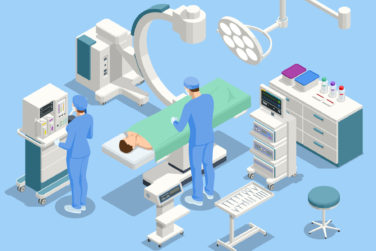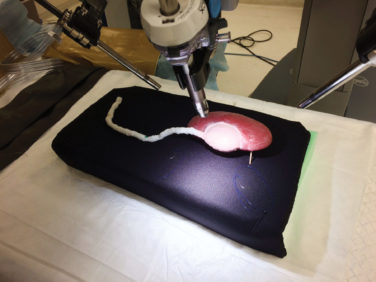In Act III, Scene I, of the William Shakespeare play, King Henry IV, the title character says, “Deny it to a king? Then happy low, lie down! Uneasy lies the head that wears a crown.” This is to express how tough his duty of kingship is and how difficult it is to take such a responsibility. He expresses that the crown is so uncomfortable and heavy that does it not let him sleep. Of course, he does not wear it in bed, but the pressure of leadership keeps him awake all night.
The same uneasy burden could be said for life science companies regarding the ongoing shift to digital health. Many companies are running hard to keep pace with the change brought on by digital technology. Mobile, cloud, advanced analytics, and the Internet of Things (IoT) are among the many innovations that are starting to transform the healthcare industry in the ways that they have already transformed media, retail, and banking.
In order to sleep better at night and navigate this ongoing tsunami of change, the strategies of life sciences companies need to evolve. Everyone in healthcare must pivot and focus on developing value and outcomes. In many cases, moving away from proprietary system thinking to open systems is a sea change that requires tremendous effort—and the ongoing consumerization is driving the need to provide the patient with better products and services.
The New Models Emerging
- Patient Empowerment: Patient reminders for appointments, medication adherence, digital communications.
- Patient Services: Third-party companies bridging the gap between the patient, payer, and provider.
- Patient Care Management: Partnering with provider system or systems for better total population management.
The scope and scale of change required is beyond what any single provider network, payer, or life sciences company can do on their own. This drives the need to look at the problem from the patient perspective rather than the silos (pharma, provider, and payer). The real solution is to build-out patient and provider customer journeys to determine where gaps can be identified and how to solve for them.
In the short term, those companies that are considered leaders will be the ones that take steps forward, create partnerships with others, and have an open view of what the future looks like. Those defined as leaders in the future will become superior providers of patient-driven healthcare experiences and will drive a combination of scale, technology, analytics, and experience along with an open innovation and partnership spirit. And that includes a combination of variables and inherent DNA that provides start-ups an advantage over large, established life sciences companies.
What’s not going to pass as patient-centered innovation: Mergers, tax inversion, and share buy-backs. Financial maneuvers are healthy for the bottom line, but they do not replace the need to bring real innovation.
If traditional life sciences companies cannot make this pivot to provide better patient experiences and service models they will fall further behind. These trends have not been lost on advanced technology companies and venture backed start-ups—and the race to unseat the king is on.






